Music Symbols on Staff Paper: Clefs, Keys & More
Gazing at a sheet of staff paper filled with various markings can feel like trying to decipher an ancient script if you're new to music. But these music symbols staff are the fundamental language of music! What is the most important symbol in sheet music? While many are crucial, understanding the basics like clefs, key signatures, and time signatures is essential for anyone reading sheet music for beginners. This guide will help you unlock the meaning behind these common symbols, making your journey with music staff paper much more rewarding. Ready to put your knowledge to practice? You can get your free staff paper here to start.
The Foundation: What is Staff Paper and How Symbols Fit In?
Before we dive into specific music symbols staff, let's briefly revisit what staff paper itself represents. How do symbols give meaning to the staff?
The Five Lines and Four Spaces
At its simplest, staff paper (or a stave) consists of five horizontal lines and the four spaces between them. Each line and each space represents a different musical pitch. Without symbols, these lines are just an empty canvas.
How Symbols Give Meaning to the Staff
It's the music symbols staff placed on or around these lines that tell musicians what notes to play, how long to play them, how loudly, and in what rhythm. They are the core of music notation basics.
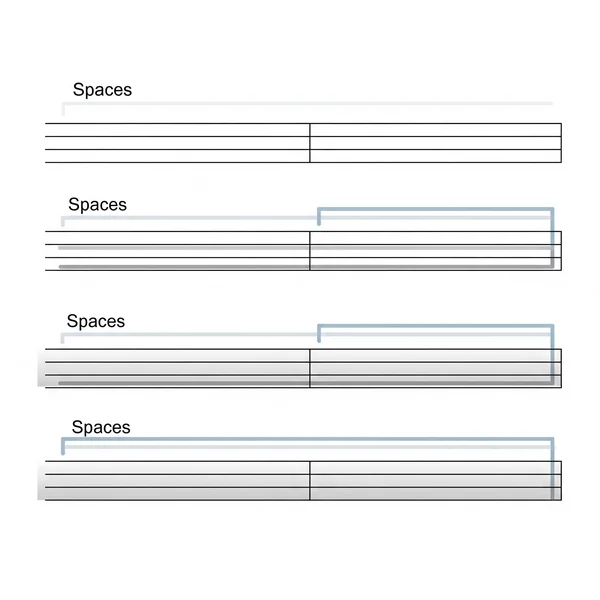
Setting the Pitch: Understanding Clef Symbol Meaning
How do clefs affect how I read notes on staff paper? The clef symbol meaning is paramount because a clef is the very first symbol you'll usually see on a line of music, and it's what assigns specific pitches to the lines and spaces.
The Treble Clef (G Clef)
The treble clef symbol, also known as the G clef, is one of the most recognizable common music symbols. It curls around the second line from the bottom, indicating that this line represents the G note above middle C. The treble clef is typically used for higher-pitched instruments and voices, like the flute, violin, trumpet, and the right hand of the piano. Understanding the treble clef symbol is vital for many musicians.
The Bass Clef (F Clef)
The bass clef symbol, or F clef, is used for lower-pitched instruments and voices, such as the cello, bassoon, trombone, and the left hand of the piano. The two dots of the bass clef surround the fourth line from the bottom, indicating that this line represents the F note below middle C.
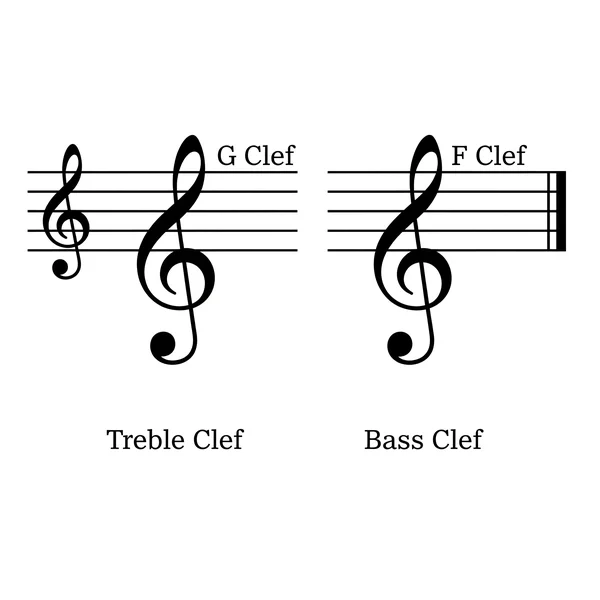
Other Clefs (Briefly)
While less common for beginners, you might also encounter other clefs like the Alto clef (used for viola) and Tenor clef (sometimes used for cello, bassoon, or trombone high registers). These are C clefs, and the center of the clef points to the line representing middle C.
Clefs and Note Names
Once the clef establishes a reference point, all other notes on the lines and spaces can be determined. For example, in treble clef, the spaces (from bottom to top) spell F-A-C-E, and the lines (from bottom to top) are E-G-B-D-F (often remembered with mnemonics like "Every Good Boy Does Fine").
Marking the Beat: Time Signature Music Explained
After the clef and key signature (which we'll get to next), you'll find the time signature music. What do the numbers in a time signature mean?
Understanding Time Signature Numbers
A time signature looks like a fraction without the line (e.g., 4/4, 3/4).
- The top number tells you how many beats are in each measure (or bar) of music.
- The bottom number indicates what type of note gets one beat. For example, a '4' on the bottom means a quarter note gets one beat, an '8' means an eighth note gets one beat, and a '2' means a half note gets one beat.
Common Time Signatures
Some common music symbols for time include:
-
4/4 (Common Time): Four beats per measure, quarter note gets one beat. Often represented by a "C" symbol.
-
3/4 (Waltz Time): Three beats per measure, quarter note gets one beat.
-
2/4 (March Time): Two beats per measure, quarter note gets one beat.
-
6/8: Six eighth notes per measure, often felt in two groups of three eighth notes.
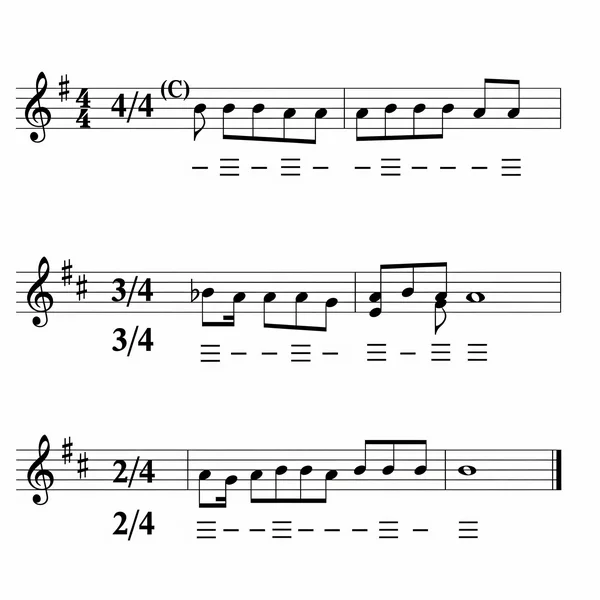
Time Signatures and Rhythm
The time signature music provides the underlying rhythmic framework for a piece, organizing the music into regular patterns of beats.
Defining the Tonality: Key Signature Explained Simply
The key signature explained simply, is a collection of sharp (♯) or flat (♭) symbols found at the beginning of the staff paper, right after the clef. What are sharps and flats in music?
Sharps (♯) and Flats (♭) in Key Signatures
These music symbols staff indicate that certain notes are to be played a semitone (half step) higher (sharp) or lower (flat) throughout the entire piece, unless cancelled by an accidental.
How Key Signatures Alter Notes
For example, a key signature with one sharp (F♯) means every F on the staff should be played as F-sharp. A key signature with one flat (B♭) means every B should be played as B-flat.
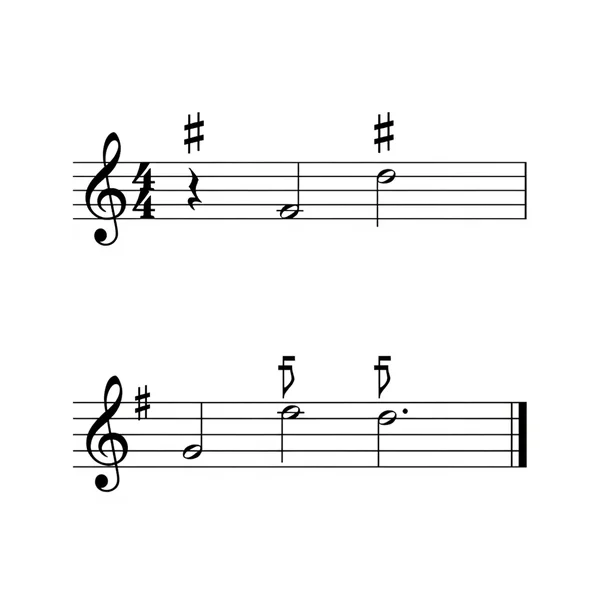
Finding the Tonic
The key signature explained also helps determine the key or tonal center (the "home" note or tonic) of the music. There are rules to determine the major or minor key based on the number and type of sharps or flats.
Representing Sound and Silence: Note Values and Rest Symbols
The duration of musical sounds and silences are represented by note values and rest symbols. These are fundamental music notation basics.
Common Note Values
Each note shape indicates a specific duration:
- Whole Note: Typically the longest common note value.
- Half Note: Half the duration of a whole note.
- Quarter Note: Half the duration of a half note (often one beat in 4/4 time).
- Eighth Note: Half the duration of a quarter note.
- Sixteenth Note: Half the duration of an eighth note. Beams are often used to group eighth notes and sixteenth notes.
Corresponding Rest Symbols
For every note value, there is a corresponding rest symbols indicating silence of the same duration. Learning to recognize these is just as important as learning the notes.
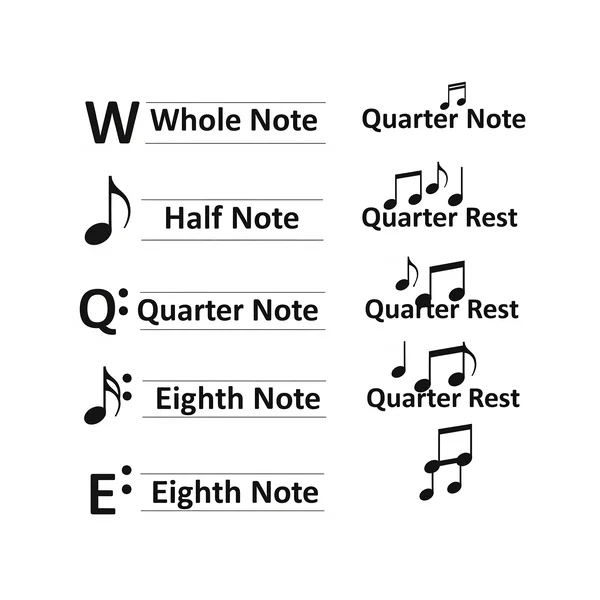
Dots and Ties
- A dot placed after a note or rest increases its duration by half its original value.
- A tie is a curved line connecting two notes of the same pitch, indicating that they should be played as a single, sustained note with their durations combined.
Altering Pitches: Understanding Accidentals in Music
Accidentals music symbols are used to temporarily alter the pitch of a note, overriding the key signature for that specific note within a measure.
Sharps (♯)
A sharp symbol before a note raises its pitch by one semitone (half step).
Flats (♭)
A flat symbol before a note lowers its pitch by one semitone (half step).
Natural Signs (♮)
A natural sign cancels a previous sharp or flat, whether from the key signature or an earlier accidental in the same measure. It restores the note to its "natural" pitch.
Accidentals vs. Key Signatures
Remember, accidentals apply only for the measure in which they appear (and sometimes to tied notes across a bar line), while key signatures apply throughout the piece unless a new key signature is introduced.
Other Common Music Symbols You'll Encounter on Staff Paper
Beyond the core symbols, there are many other sheet music symbols you'll see on printable staff paper.
Dynamics
These symbols tell you how loudly or softly to play:
p(piano): softmf(mezzo forte): moderately loudf(forte): loud- Crescendo (
<): gradually get louder - Diminuendo/Decrescendo (
>): gradually get softer
Articulation Marks
These indicate how a note should be attacked or shaped:
- Staccato (a dot above or below the note head): play the note short and detached.
- Legato (a slur, or curved line, over multiple different notes): play the notes smoothly connected.
- Accent (
>above or below the note head): play the note with more emphasis.
Repeat Signs and Codas
Symbols like repeat barlines, D.C. al Fine (Da Capo al Fine), D.S. al Coda (Dal Segno al Coda), and Coda symbols guide the performer through the structure of a piece, indicating sections to be repeated or jumped to.
Practice Makes Perfect with Music Symbols and Staff Paper
Understanding music symbols is a journey, not a destination. The more you encounter and use these music symbols staff in context, the more familiar they will become. The best way to solidify your knowledge is to practice reading and writing music on staff paper. Why not explore our music resources and download some printable staff paper to get started?
What music symbols do you find most challenging or interesting? Share your thoughts in the comments below!
Your Questions About Music Symbols on Staff Paper
-
What is the most important symbol in sheet music?
While many symbols are crucial, the clef symbol meaning is arguably one of the most foundational, as it dictates the pitch of all subsequent notes on the staff paper. Without a clef, the lines and spaces have no definite pitch.
-
How do I memorize all these music symbols?
Consistent practice is key! Use flashcards, write them out on music staff paper, and try to identify them in actual sheet music. Start with the most common ones like clefs, basic note values, and common time signatures. You can get practice sheets and get practice sheets.
-
Where can I find a complete chart of music symbols?
Many music theory websites and textbooks offer comprehensive charts of common music symbols. Searching online for "musical symbols chart" will yield many results. StaffPaper.org aims to provide useful guides like this one to help you understand them.
-
Do all instruments use the same music symbols?
Most of the core music symbols staff (like note values, rests, time signatures, dynamics) are universal. However, the primary clef used will vary by instrument (e.g., violin uses treble clef, cello primarily uses bass clef). Some instruments also have instrument-specific notation (like guitar tablature).
-
How do clefs affect how I read notes on staff paper?
Clefs are fundamental because they assign specific pitches to the lines and spaces of the staff paper. The same note position on the staff will represent a different pitch depending on whether it's in treble clef symbol or bass clef symbol (or another clef).